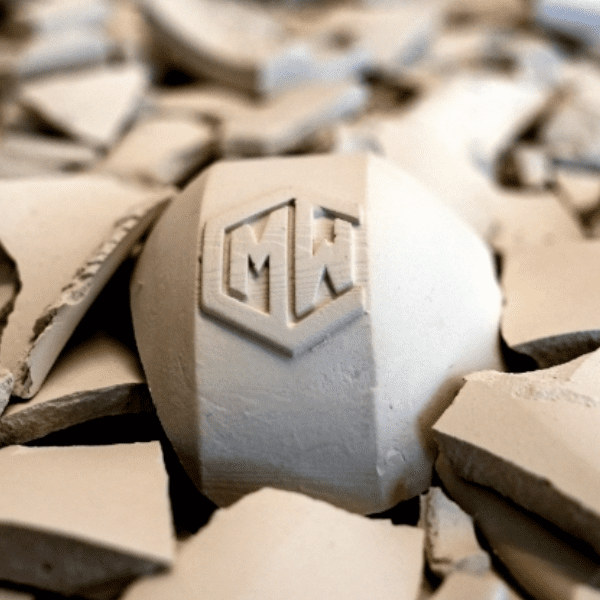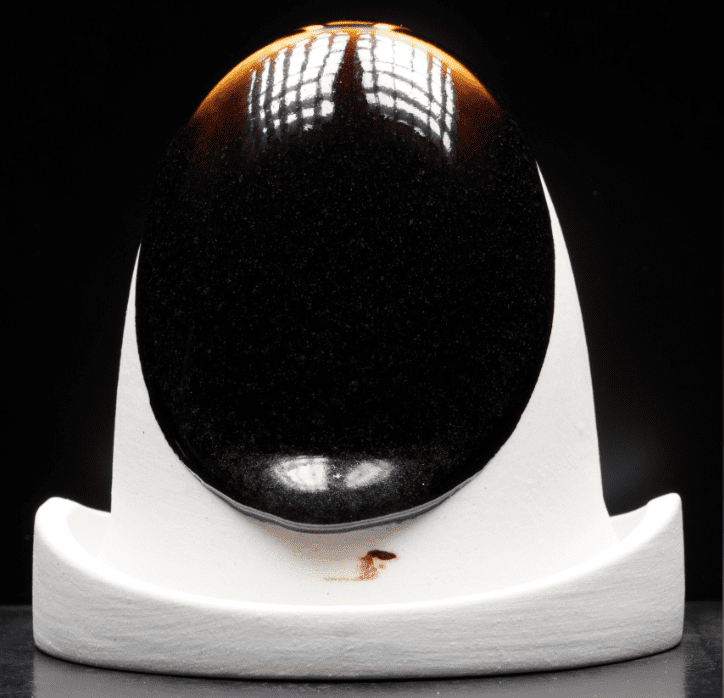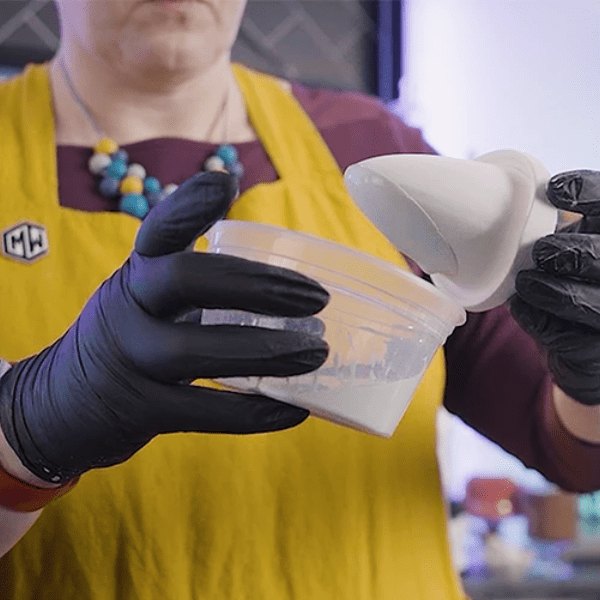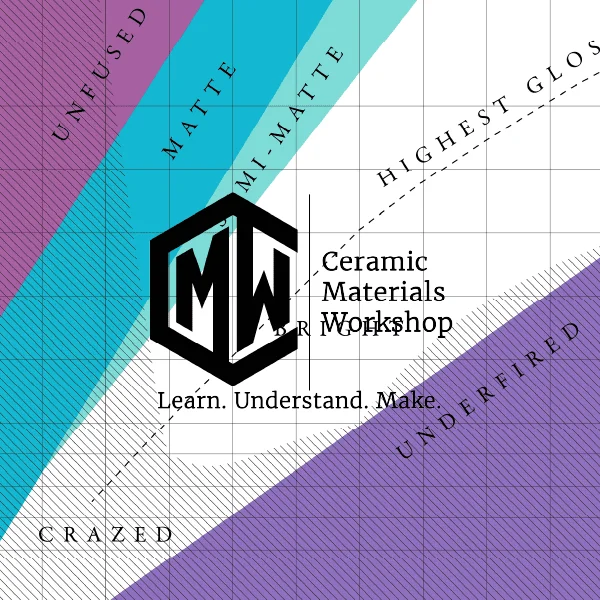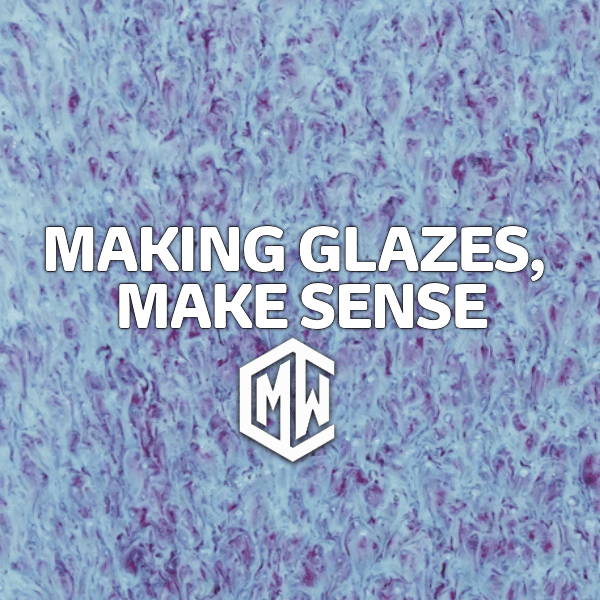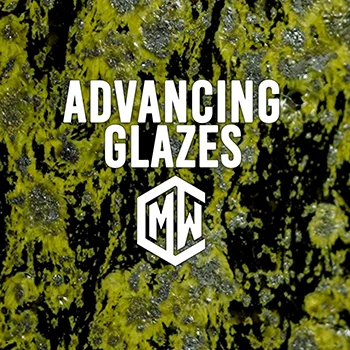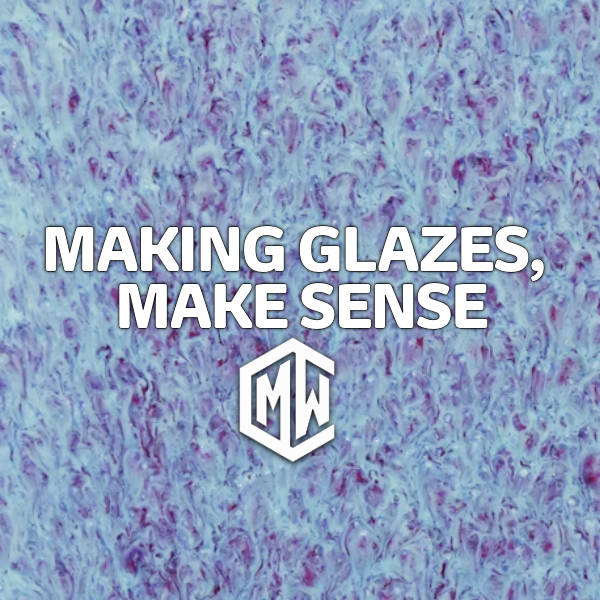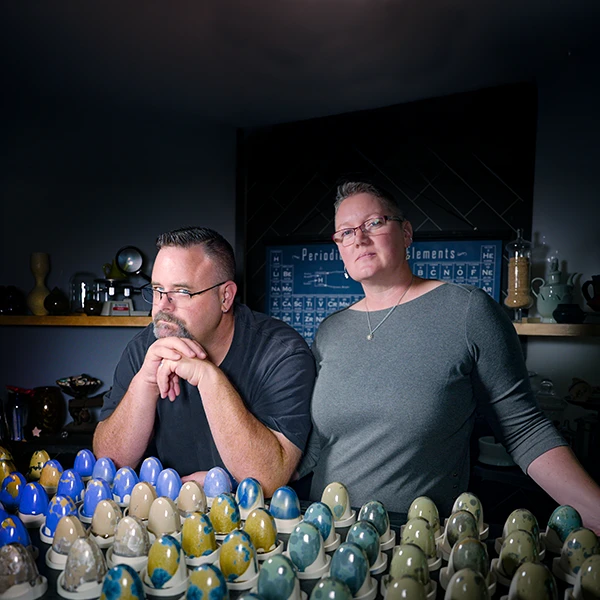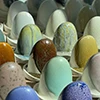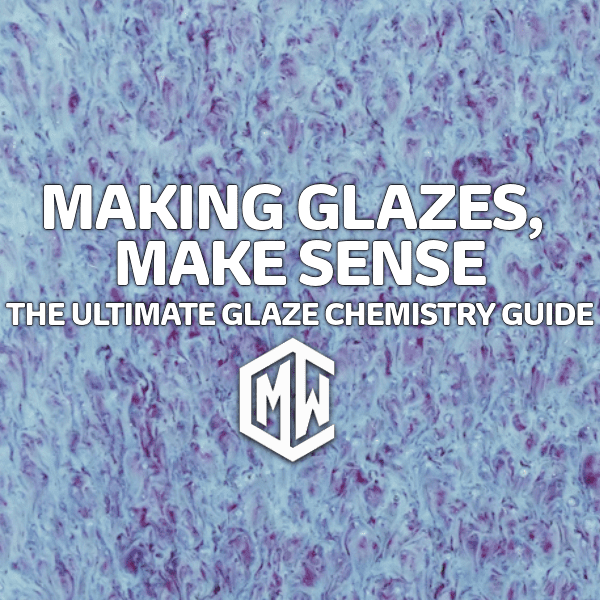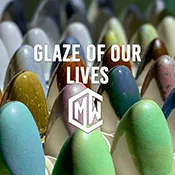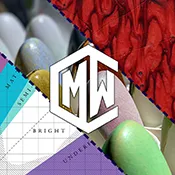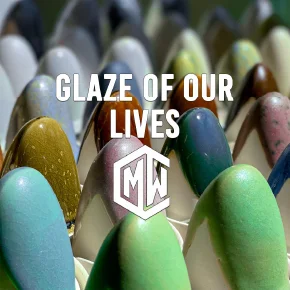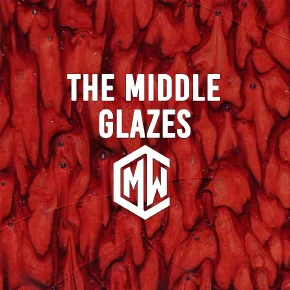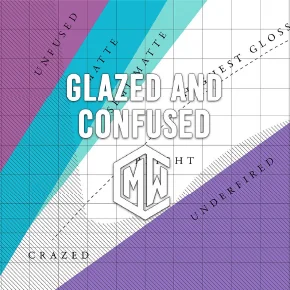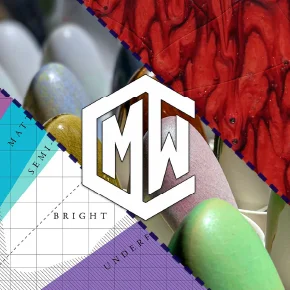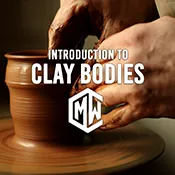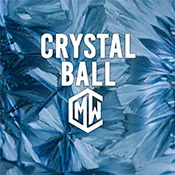Welcome back to the Ceramic Materials Workshop blog! Today, we’re delving into the fascinating world of boron, a somewhat mysterious element that plays a crucial role in many ceramic glazes.
What is Boron?
Boron is a metalloid, meaning it straddles the line between metals and non-metals, giving it unique properties. While it’s not exactly common in the Earth’s crust, you’ll find it tucked away in minerals like borax and colemanite. In its pure form, boron is a dark, brittle solid—not exactly what you’d picture as a key ingredient for beautiful pottery! But as we’ll explore, boron has hidden talents that make it indispensable for ceramic artists.
Quick! I need help applying my ceramic glazes! Read CMW’s article: 5 Tips for Applying Ceramic Glazes Like a Pro
Why is Boron used in glazes?
Boron is a powerful flux in glazes, meaning it lowers the melting point of the silica in the glaze. This allows the glaze to melt and flow at lower temperatures. Here are some of the specific effects boron has in glazes:
- Lowering the melting point: As mentioned, boron is a strong flux, making it useful in low-fire glazes.
- Improved melt fluidity: Boron helps glazes flow smoothly and evenly, resulting in a glossy, defect free surface.
- Increased gloss and smoothness: Boron contributes to a high gloss finish and a smooth, even surface.
- Hardening of the glaze: Boron can increase the hardness and durability of a fired glaze.
- Enhanced color development: Boron can influence the way certain colorants react, leading to brighter and more intense colors.
- Controlling thermal expansion: Because boron has a low thermal expansion it helps to adjust the glazes overall thermal expansion. This is a very valuable trait to use in the creation of a glaze that will not craze or shiver.
- Versatility: Boron is a versatile ingredient that can be used in a wide range of glaze types, from transparent to opaque, and from glossy to matte.
When we talk about converting a glaze from Cone 10 to cone 6, we need to have a precise understanding of our chemistry.
First we need to understand what materials we are using to get the temperature down. The majority of the time, the best option is Boron. We find this material in frits, but also in naturally occurring materials such as Gerstley Borate, and Colemanite.
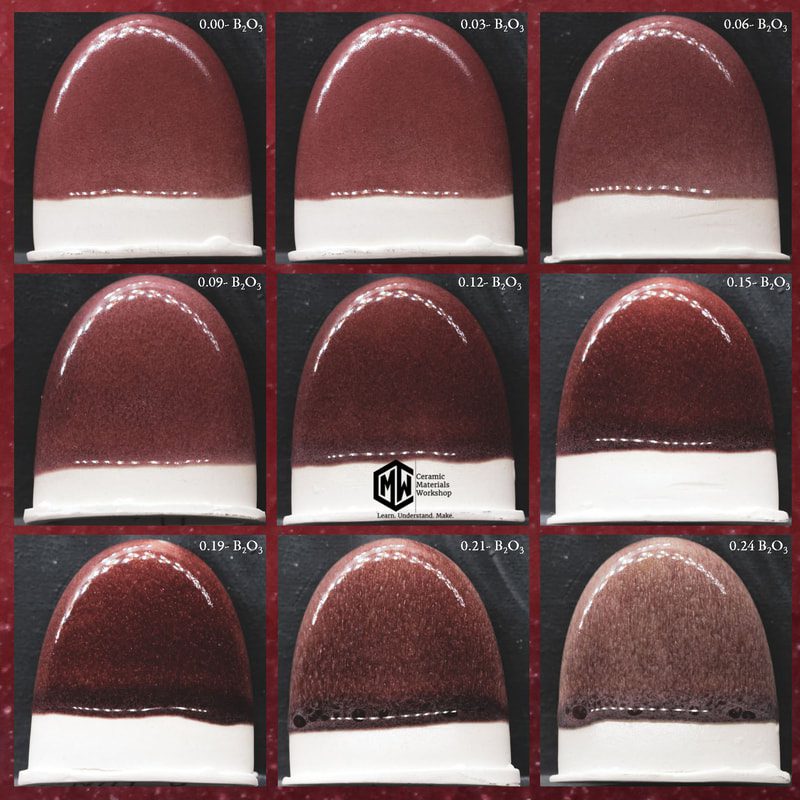
How much Boron is also important. In this image we see 0.03 increases in Boron, via UMF. In our research we have found that roughly 0.15 Boron is an ideal level for a ^6 Glaze.
We have to be careful though as too much boron in this case kills the color. The color peaks at 0.19 and then as the glaze becomes increasingly overfired, the color begins to fade and turn brown.
To learn more I urge you to take one of our courses but I know, you’re probably on the fence right? Do not worry! Try out CMW’s FREE sample class below!
Ready to dive deeper?
Loved learning about ceramic glazes? Want to go even deeper? Check out our Workshops & Courses, now available in Spanish, or YouTube Channel where Matt breaks it all down, myth-busting and Stull chart included!

